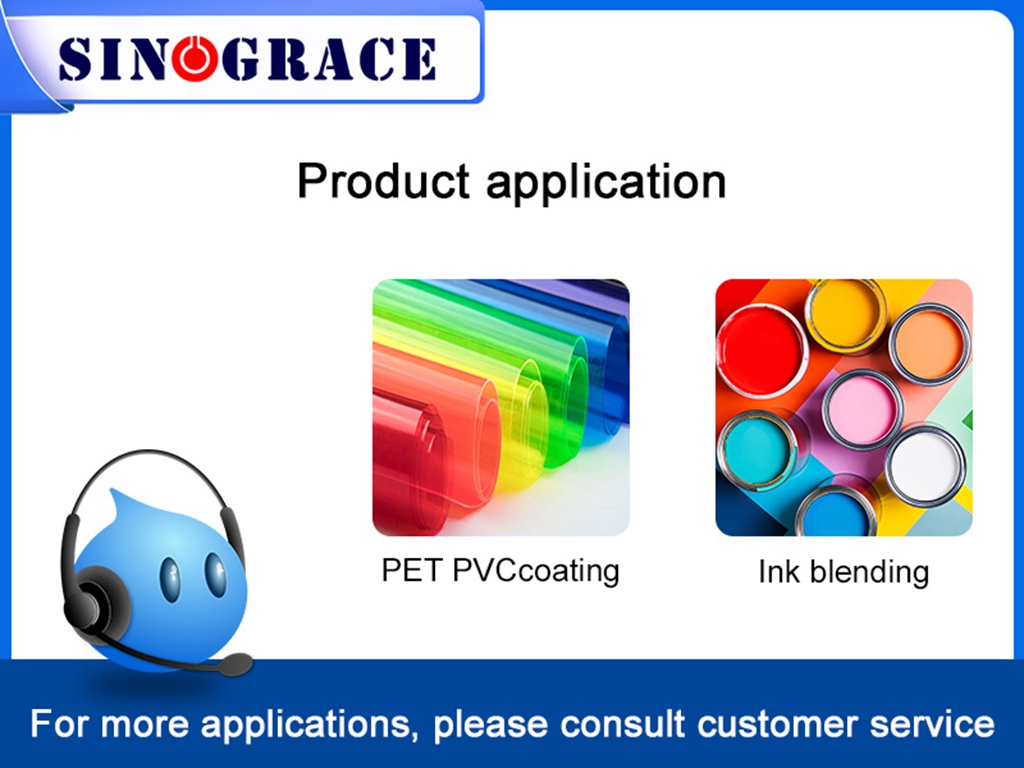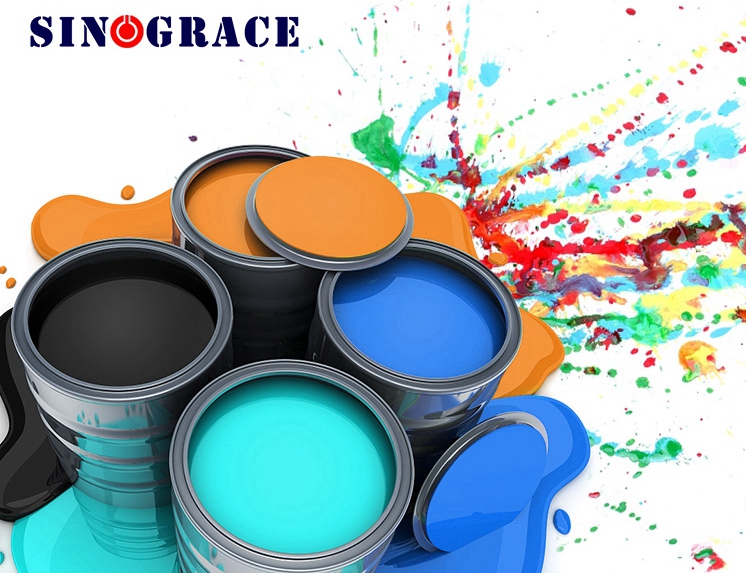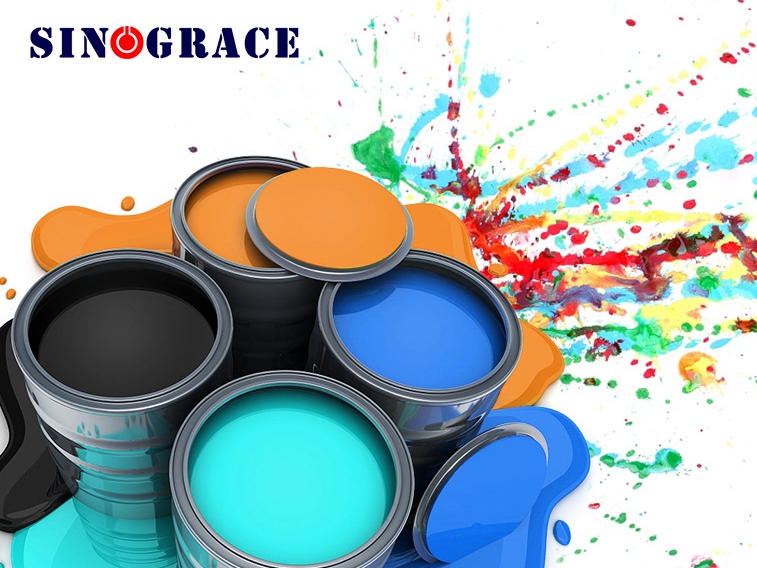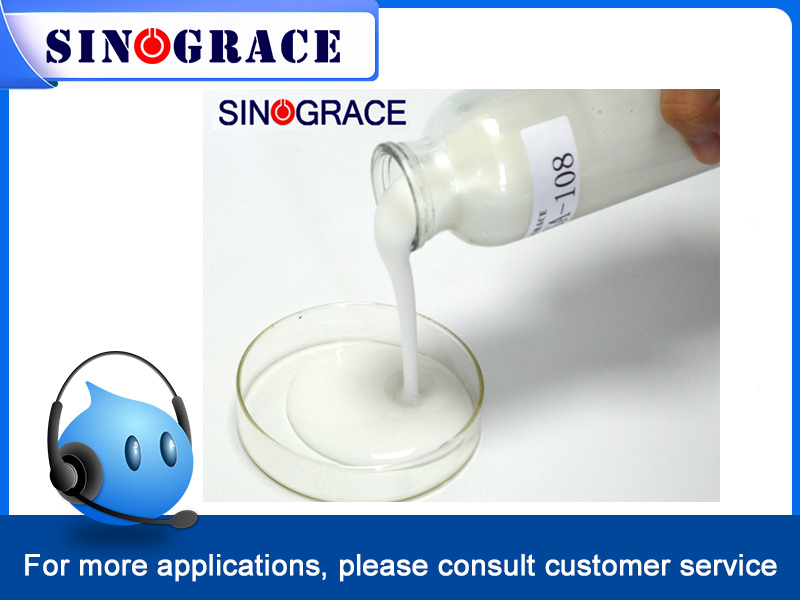How to choose additives in waterborne polyurethane resin
How to choose additives in waterborne polyurethane? There are many kinds of water-based polyurethane auxiliaries, and the application range is wide, but the methods of auxiliaries are correspondingly regular. The compatibility of additives and products is also the first factor to be considered in the selection of additives. Under normal circumstances, the auxiliary and the material are required to be compatible (similar in structure) and stable (no new substance generation) in the material, otherwise it is difficult to play the role of the auxiliary. The additive in the additive material must maintain the original performance of the additive for a long time without changing, and the additive in the application environment, the ability to maintain the original performance is called the durability of the additive. There are three ways for auxiliaries to lose their original properties: volatilization (molecular weight), extraction (solubility of different media), and migration (solubility of different polymers). At the same time, the additive should have water resistance, oil resistance and solvent resistance. In the processing process of materials, additives can not change the original performance and will not have a corrosive effect on the production and processing of machines and construction supplies. The additive needs to meet the special requirements of the material in the use process, especially the toxicity of the additive. In order to get better results, the application of additives is mostly mixed. When choosing a combination, there are two situations: one is the combination application to obtain good results, and the other is for a variety of purposes, such as not only leveling but also defoaming, not only to add light but also antistatic. This is to consider: in the same material will produce synergies between the additives (total effect is greater than the sum of the effect of single use), the addition effect (total effect is equal to the sum of the effect of single use) and the antagonistic effect (total effect is less than the sum of the effect of single use), so the best time to produce synergies, to avoid the antagonistic effect. In the production process of water-based polyurethane to add a certain type of additives, it is necessary to pay attention to its role in the various stages of storage, construction, application, and consider and evaluate its role and impact in the next section. For example, when the water-based polyurethane paint is operated with wetting and dispersing agents, it plays a certain role in storage and construction, and it is also good for the color of the paint film. There is usually a dominant effect, and at the same time cause a series of simultaneous positive effects, such as the use of silicon dioxide, there is a extinction effect, and the absorption of water, surface anti-adhesion and other positive effects. In addition, in the use of a certain agent may have a negative effect, such as the addition of si...
read more

 English
English français
français русский
русский español
español العربية
العربية








